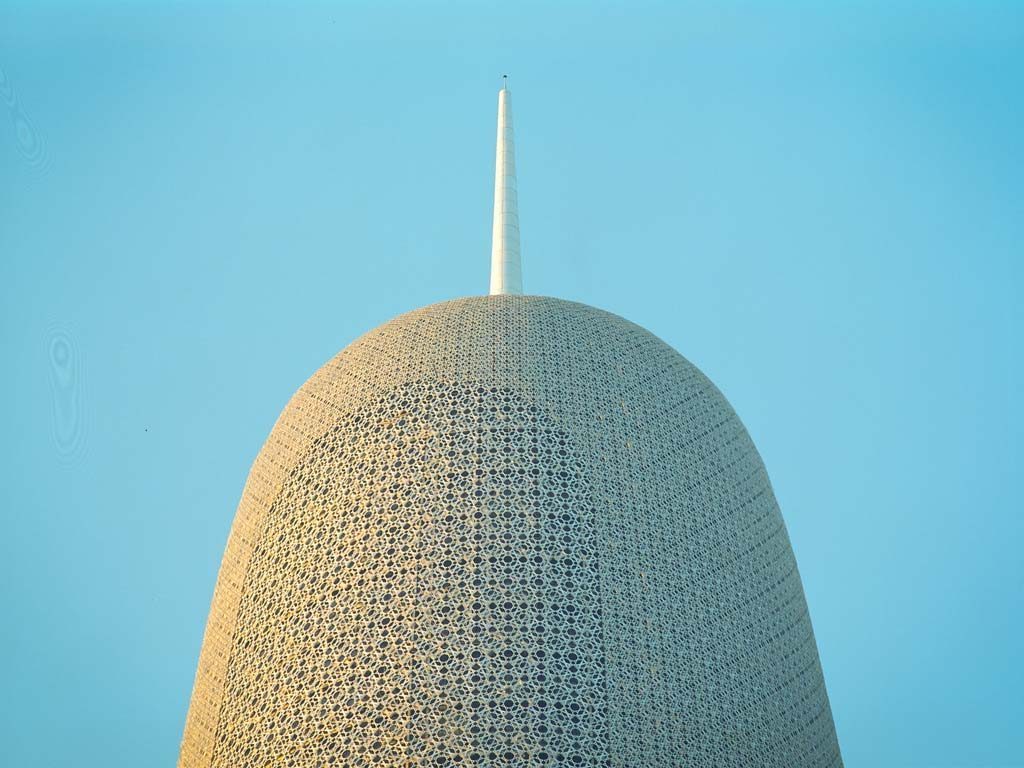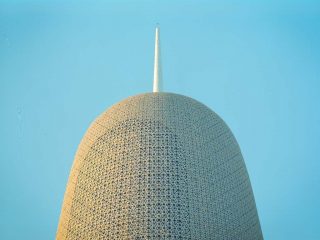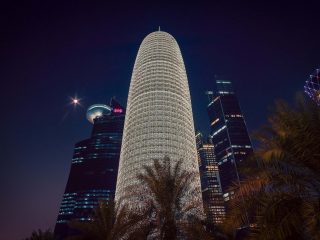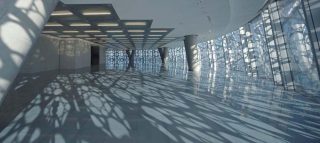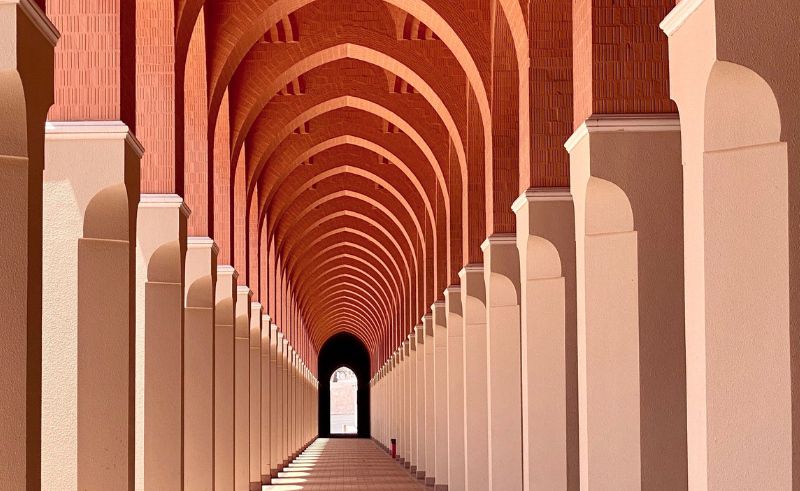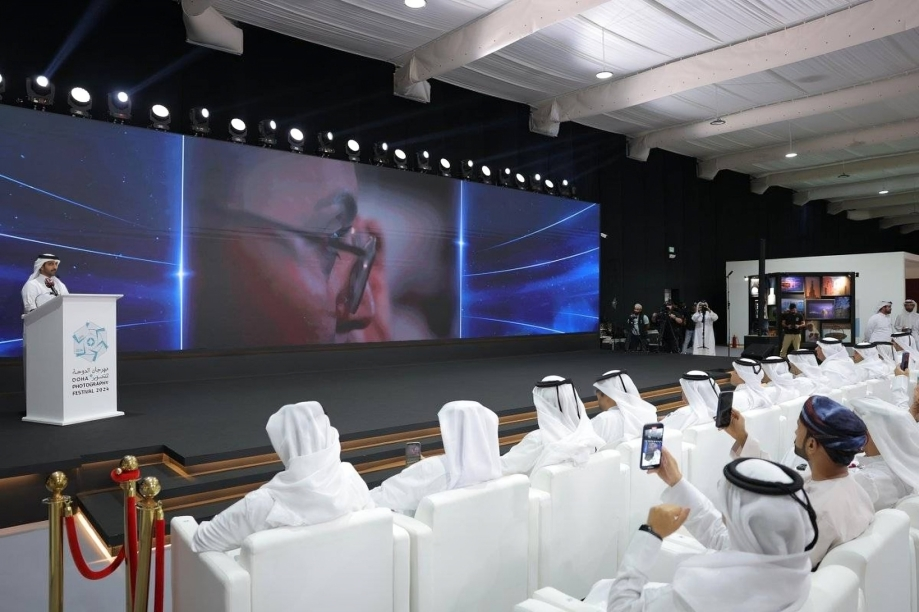Photos courtesy of Sam Agnew and Ateliers Jean Nouvel
One of Qatar’s most iconic buildings has been shortlisted for a prestigious international architecture award.
Doha Tower, also known as Burj Qatar, is among 19 buildings that have been chosen as finalists for the Aga Khan Award for Architecture.
The honor is awarded every three years for “projects that set new standards of excellence in architecture, planning practices, historic preservation and landscape architecture,” organizers said in a statement.
Qatar’s tower is up against an eclectic range of projects, including a power station in the Azeri city of Baku, a pedestrian bridge in Tehran, a nature conservation center in Jordan, a floating school in Nigeria and the King Fahad National Library in Riyadh.
The $125 million building, designed by French architect Jean Nouvel Ateliers, was among 348 entries initially nominated for the prize.
The finalists are now being examined by a nine-member master jury of international architects, structural engineers and conservation specialists, to compete for US$1 million in prize money.
‘Still special’
The 49-story tower, which sits in a prominent position on Doha’s Corniche, took seven years to build for Sheikh Saud bin Mohammed bin Ali Al Thani, and was completed in 2012.
It has won numerous architecture and design awards in the past, including Best Tall Building in the World by the Chicago-based Council on Tall Buildings and Urban Habitat (CTBUH) in 2012.
It was also named GCC Building of the Year by Middle East Economic Digest (MEED) in 2013.

The burj is a glass and concrete cylinder wrapped in a protective steel mashrabiyya. The concentration of coverage of the metal lace-like grid varies on the tower, depending on the orientation of the building.
While it initially stood on its own in Dafna/West Bay, the tower now has plenty of company as neighboring buildings have come up.
“It still shines through as something special,” Nouvel said a few weeks ago in a short video clip, talking about the tower.
The award were established by the Aga Khan nearly 40 years ago, to identify and encourage building concepts that successfully address the needs and aspirations of communities in which Muslims have a significant presence.
Since the first awards in 1977, 110 projects have received the award and more than 9,000 building projects have been documented.
Thoughts?

